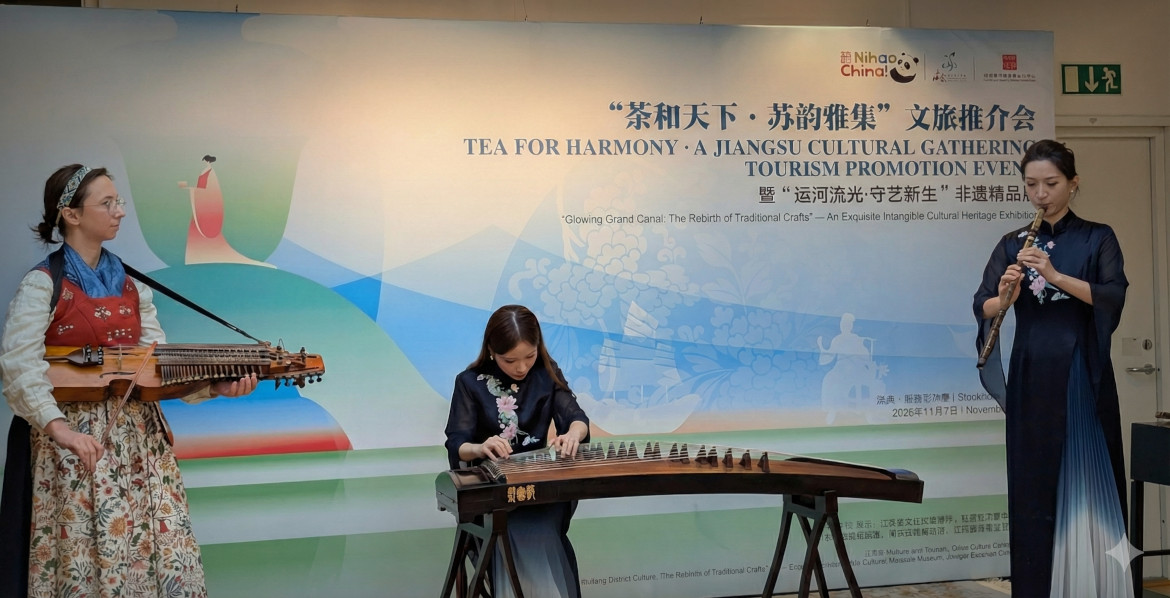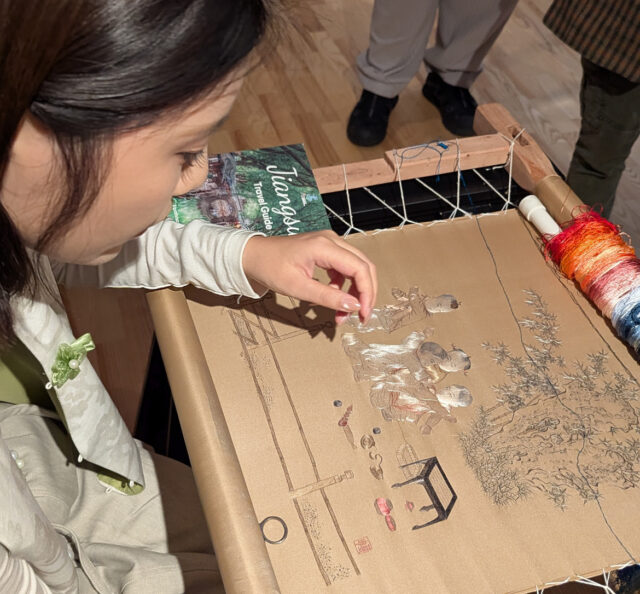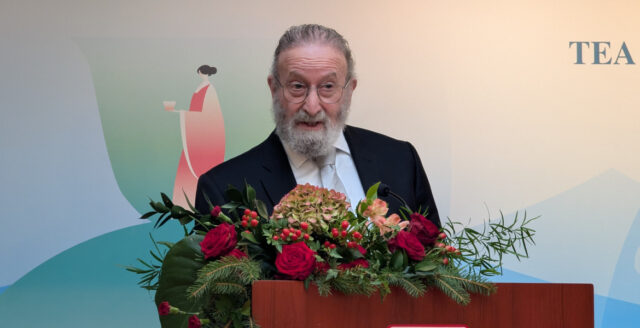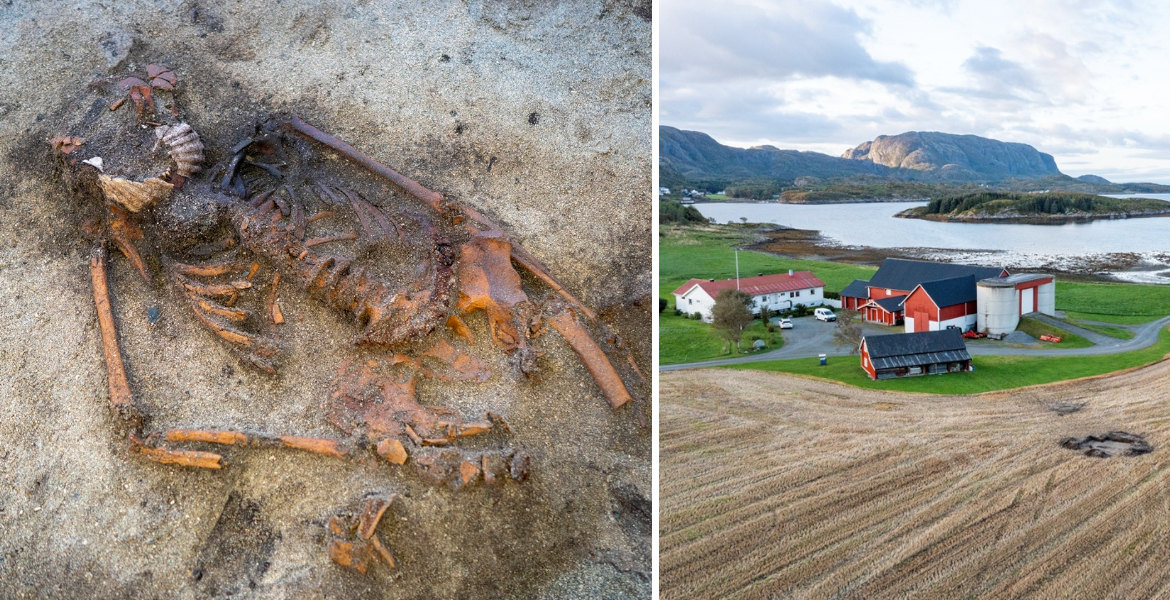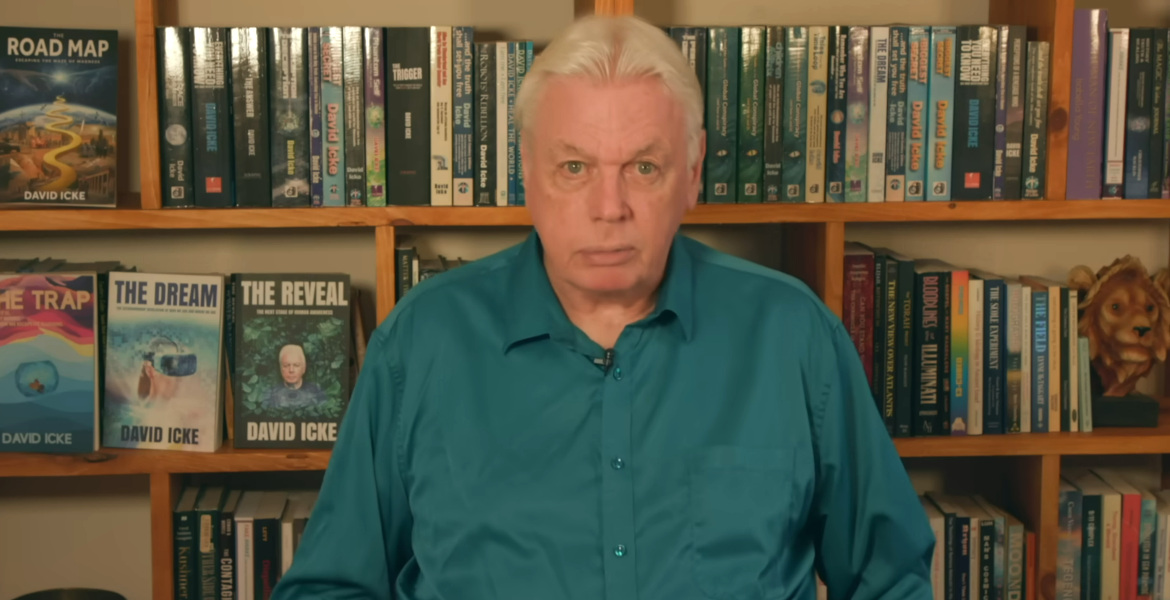Fewer and fewer Norwegians go to church at Easter, according to Statistics Norway. In 2023, 150,000 Norwegians went to church at Easter - compared to 200,000 eight years earlier.
In 2015, about 200,000 Norwegians went to church at Easter. This number then continued to decline by about 3,000 people per year until 2019, reaching a record low of 15,000 during the covid-19 closures in 2021.
After 2021, more people went to church for Easter again, but between 2022 and 2023, the numbers dropped again by about 4,000 participants, with younger Norwegians under 40 years of age attending church the least.
– In 2023, about 150,000 people attended Easter services in the Church of Norway. With the exception of 2020 and 2021, we have never recorded less, says consultant Andreas Østhus from Statistics Norway (SSB) in a press release.
"Incredibly important holiday"
Overall, church attendance among Norwegians has increased after 2021. For example, Christmas traditions remain strong in Norway, with more than 500,000 people attending church between 2015 and 2019. The numbers are not quite back to where they were before the Corona crisis, but they have continued to rise steadily.
Ingrid Vad Nilsen, director of the Norwegian church council (Kirkerådet), believes that the decline in popularity of Easter services may be due to the fact that many people travel during this time, making it more difficult to create "fixed traditions".
– We know that Christmas is the Christian holiday and that people attend church throughout December. But it is a task for us to communicate that Easter is also an incredibly important holiday that is celebrated in churches", she says, according to forskning.no.

